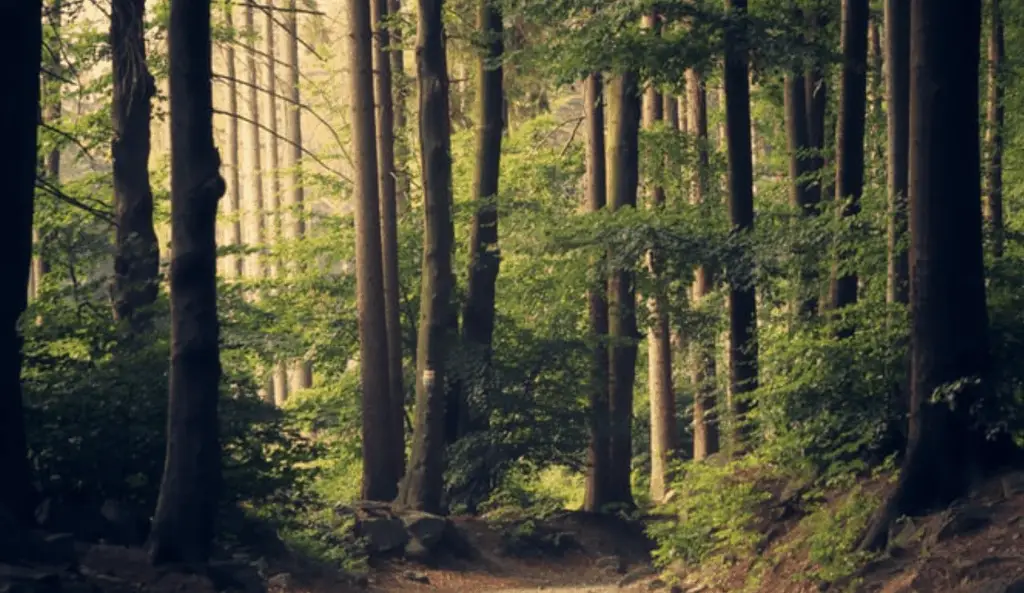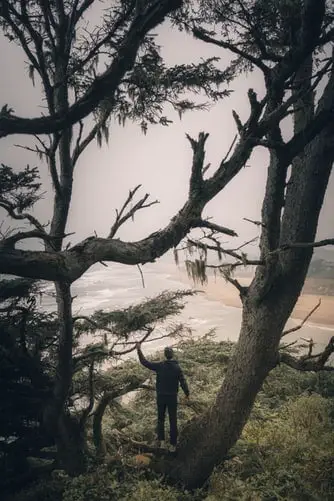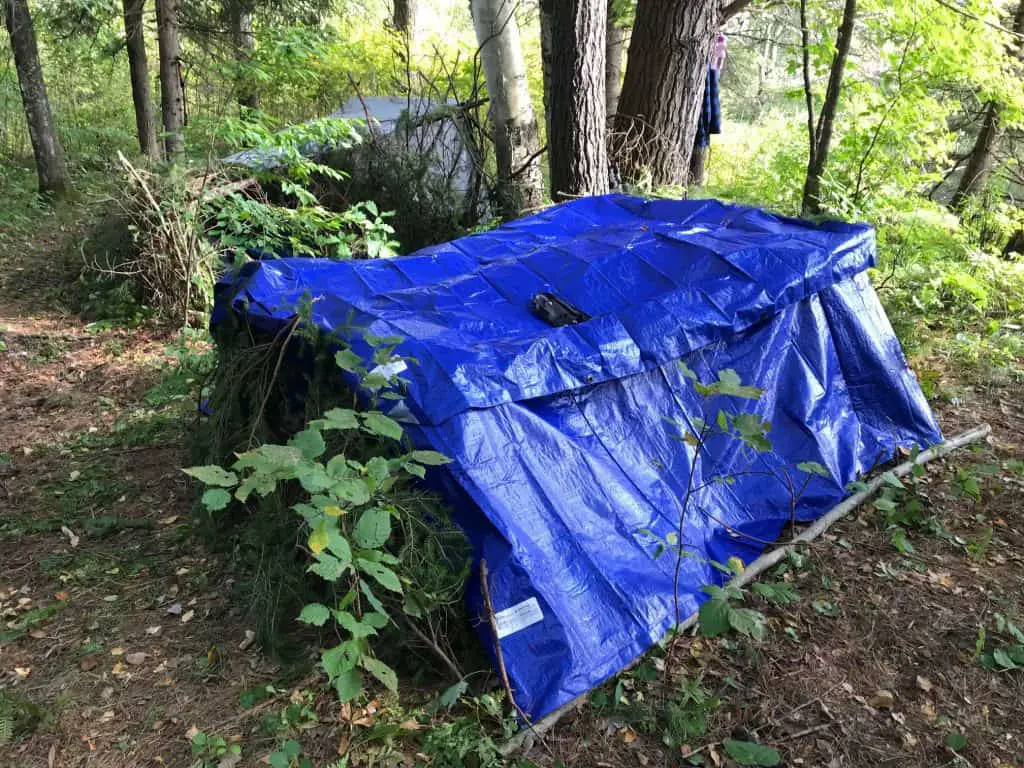Everything You Need To Go Camping For The First Time
Going on a camping trip is a perfect plan for those who want to travel with family or friends. There are plenty of places that allow you to stay that is either free or not very expensive. It can be an ideal place to relax and enjoy.
Camping can be a fun and unique experience. Learning some tips from others can make your experience much more enjoyable.
The tips included here are for those who have little experience or have not yet gone camping. With that said, let’s get started!
Tent

Something elementary that you can not miss even if you go to the best camping site is a good tent. You may need more than one depending on how many people are with you.
It is best to buy a high-quality tent. There are plenty of modern and quality tents available to everyone’s pocket. In other words, be sure to do your research on whichever one you choose.
There are many things to pay attention to when buying a tent. These include insulation, materials, ease of assembly, and the number of people that fit inside.
What you should take to cook
I have listed some things below that you may want to take along on with you to make your trip more enjoyable.
- If you don’t have an electric stove, you can’t forget the gas.
- A portable kitchen or a stove.
- Chairs and a folding table to eat more at ease.
- You can’t forget glasses and cutlery.
- A lighter.
- Plastic covers.
- Multipurpose knife and some kitchen scissors.
- A pot, two pans, and a saucepan.
- An anti-stain tablecloth.
- A fryer and kitchen tongs.
- A coffee maker if you are fond of coffee.
- A small refrigerator
Useful utensils
These items will also help simplify things.
- To hammer the picks, a rubber hammer is recommended.
- A small shovel.
- A toolkit
- Batteries
- Flashlights
- Flanges
- Mosquito repellent.
- One backpack per person.
- Binoculars
- Bags for reuse.
- A wide mat.
Spending a few days, and nights, in a campsite can be a very enriching experience. However, if you are not sufficiently prepared, after a few days, you could start to resent your experience.
If you follow these tips and carry the following objects, you will rest and be at ease in any campsite:
- Plastic under the tent to prevent moisture.
- Inflatable mattresses.
- Bed sheets.
- Sleeping bag.
- Pillows
Cleaning
You must take special care with the garbage you generate. Try to leave the area the same or better than how you arrived. If there is garbage there from previous people, try to take that with you. It’s great to have garbage bags with that you can throw all your trash in.
Here are some other things you can bring with you to make your life easier.
- Cloths, paper towels, and rags.
- Dishwasher.
- Garbage disposal bags.
- A clothesline
- A dustpan
- A couple of buckets.
For personal hygiene
These products are the ones that you must make sure to carry for this purpose:
- Shampoo and gel.
- Rolls of toilet paper.
- Cologne and deodorant.
- Carrying facial tissue is always a good idea.
- Paste and toothbrushes.
- Some towels
- Combs.
- Shaving products
- Compresses or tampons.
- Special baby towels.
The clothes that are recommended
The best advice is that you only wear the clothes you are going to wear. This can make the trip lighter and more comfortable. Here are some guidelines that can guide you:
- Long and short pants, since at night you can refresh.
- Several socks
- T-shirts, both long and short sleeves.
- Some jacket or sweatshirt.
- Flip flops are mandatory, as it is necessary to enter the pool and showers.
- Comfortable shoes or shoes.
- And some caps to protect from the sun.
Prepare a first aid kit

A first aid kit is a very necessary element and it is the great forgotten. It’s essential, especially if we go camping with children. It doesn’t take much for something to go wrong. It could be something as simple as a small cut that winds up getting infected.
Here are some suggestions on what to carry in your first aid kit.
- Sterilized gauze
- Strips for wounds and chafing.
- Bandages
- Disposable plastic gloves.
- Scissors.
- And Chlorhexidine to disinfect all types of wounds.
- A thermometer.
- A box of ibuprofen.
How to Start a Fire

Learn about the different types of fuels needed for a campfire. These include things like tinder (dry twigs), firewood and logs. Be sure to use only dry wood. Make sure you know how to use coal if you want to make a coal fire. Collect the fuel near where you want to make the fire. Make sure the area is free of tree branches. You will also want to confirm with local officials before lighting an outdoor fire.
Types of campfire
If possible, make the fire in a fire ring or in a hole that is already made. You should only make a fire in areas where you’re allowed to make a fire. Learn and practice the different types of campfires. The pyramid-shaped bonfires generate very high flames. They are great for cooking with reflector ovens. Cross-wood fires burn for longer and create a thick layer of embers. These work great for cooking with cast iron pots. Star-shaped campfires create a low and slow heat. These are for cooking with a grill.
How to keep the campfire
Keep the fire with a size that you can control. However, never leave the campfire without attention, and never bring wood in from another area. Bringing wood in from another area can introduce tree diseases to an area that didn’t have it.
Waterproof matches are a great item to bring with you. There are many ways to make waterproof matches. These can include using turpentine, nail polish or candle wax. You will also want to either create or find a waterproof container to store.
Light a fire without matches. Learn how to light fires using a flint and piece of steel, a magnifying glass or an Indian bearing arch.
How to extinguish fires
You can extinguish fires with earth, sand or water. Drown all the coals, remove the ashes and make sure everything is wet and cold to the touch. If it was still warm to the touch, that means it is too hot to leave unattended. Make sure you know how to clean the campfire area so as not to leave a trail of the camp. Learn to use fire extinguishers and familiarize yourself with other fire prevention equipment. You can go to the local fire prevention officers to teach you how to react to accidental or dangerous fires.
How To Navigate Through The Woods

It is easy to get lost in the woods. Knowing how to navigate the woods can save your life. Being in the woods, anyone who does not know how to navigate can get lost without much difficulty. Survival in the woods is also useful for mushroom lovers, hikers (especially singles), and for those who love to stroll through the woods.
Compass

A compass is circular in shape with a dial, in the center of which there must be a divided hand. A compass has a magnetic arrow that points North. Some have a lever that you may have to remove. You will want to wait until the arrow stops swinging. There are 4 letters on a compass, N (north), E (East), S (South), and W (West).
The principle of operation is simple. With its magnetized end (often red), the arrow points to the north pole. The other arrow points to the south pole. Be aware that if there is a strong magnetic source around, it can affect the accuracy of the compass. It is necessary to rotate the device so that the north of the compass matches the north of the map.
Next, determine the azimuth. This is the angle between the arrow pointing north and the desired point on the map. It can serve as a data link. The azimuth is measured from 0 to 360 degrees. By measuring the angle from zero to the point you need to reach, we find its coordinates.
A needle compass

You need a needle, water, and tree leaf. One end of the needle is magnetized by friction in the wool fabric. Here is a great post that explains how to make one.
The magnetized needle is carefully placed on a sheet that is already on the water. The blade turns gently north. The non-magical side points south.
You can use other items instead of a tree leaf. Any non-metallic object that does not sink will work (paper sheet, foam plastic, plastic).
Inspect the area with a tree

Behind tall trees, it can be difficult to guess where the closest settlements are, any sign of people. It may be necessary to find the tallest tree, climb on it and assess the situation from a height.
The water direction
If a person is in the wild, it is advisable to listen to the environment. It may be possible to get out in the murmur of the current. Eventually, it can form a river, a waterfall. Then you should go to the water, and where there is water, there may be people.
If you are walking through a wooded area or mountains you should study your surroundings. In addition, be sure to bring a map, compass, water, and food. All the knowledge learned in the case of an unforeseen situation can help save your life. But the most important thing is not to panic, to address problems with a clear mind. Panic breeds fear and can destroy even the strongest on the physical plane.
How To Find and Drink Clean Water

In the world of outdoor and life in nature, there is a golden rule. “Never drink water of doubtful origin.” Although it seems exaggerated always distrust the water that Mother Nature provides us.
Unfortunately, in many parts of the world, natural water can be contaminated. They may have artificial pollutants, such as fertilizers used in the fields, or by human or animal activity. Drinking contaminated water can cause diseases such as typhoid, cholera or dysentery. You can also contract parasites from drinking it. Developing a health problem while hiking is not very convenient and will overshadow our departure. So you need to always purify the water you drink.
Ways to purify water
It is recommended to boil the water for at least 5 to 10 minutes (the most recommended is 20 minutes).
In extreme cases of survival, a way to purify any liquid is to boil it and distill the steam in another container. You will get pure water, without danger of bacteria, the concentration of dangerous salts or minerals. In this way, we can distill even seawater if desired. Keep in mind that the water provided by the distillate is logically distilled water. You should add a pinch of salt or mixed with juice. A piece of good advice to follow after boiling the water is to transfer it from one container to another to aerate it.
Chlorine
Chlorine is one of the most effective disinfectants. It is very effective against bacteria. but does not have good results against killing viruses that pass through the water.
Filtration device
My favorite method of purifying water is to use a Grayl Geopress. With this, you can get clean drinking water that has 99.99% of bacteria and viruses removed. This is a must-have on our camping trips.
Purification tablets
There are tablets already prepared and on sale in the market that serves to purify the water. Water purification tablets can be both practical and effective method to purify water. There are usually 2 pills that you need to add to the water at spaced intervals. It is always recommended to read the instructions for use on the package and expiration date.
Before purifying the water, filter it to remove any small impurities that it may have. The easiest method is to use some cloth strain the water through. If you are using something like the Grayl Geopress, you can skip this step.
The amount of water the human body needs to drink varies. It depends on the temperature and humidity of the environment and type of activity we do.
How To Set Up A Rest Spot

Once in the chosen area, the camp must set up on the basis of three essential elements. These are water, firewood, and flat space. The water will be for drinking, washing & cooking. If possible, it’s best to set up next to a stream, river or lake. You will want to take into account the characteristics of the land. You will also want to take into account the probable changes in the water level. There possibility of flooding and how it will affect your location. It is common that the persistence of a strong wind pushes the flow towards the coast. Thaws or rain in the upper course causes sudden increases in water.
It is important to analyze the orientation of the sun and wind of where your campsite will be. Watch out for tall grasslands as they are usually vermin shelters. You will want to do a quick tour of your surroundings. This will allow you to investigate the presence of anteaters and bees or wasp nests.
The orientation of the tent should allow it to receive sun in the morning. The shadow zone position will look north or northeast of the tree. It is necessary to look for and repair the wind without forgetting a good air circulation. The entrance of the tent must look in the opposite direction to the prevailing winds.
A waterproof tarp or a plastic cloth under the tent keeps the floor dry. The eaves or front sheds will always have enough inclination to drain the water. The tent must not have any place that allows the accumulation of water. Entering barefoot and not entering with wet clothes will help keep the interior clean.
Upon returning, and before dismantling the tent, clean the inside. You should do the same with the outside and the stakes. The tent is undone and folded.
In conclusion, you can have a lot of fun camping. Just make sure you are prepared.

